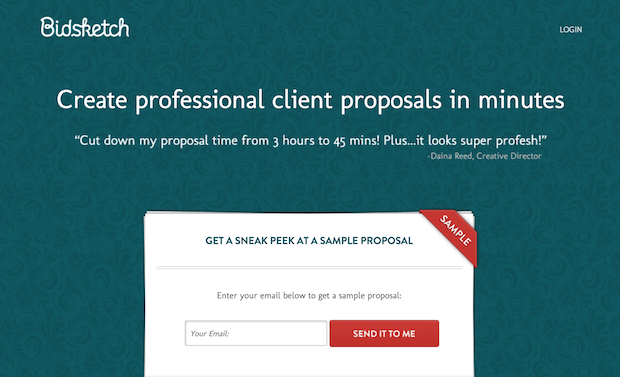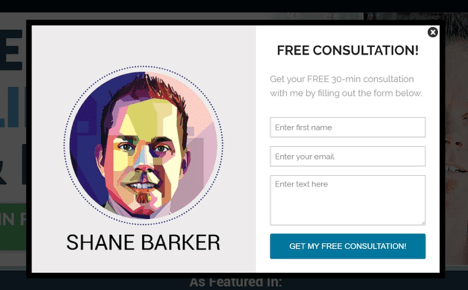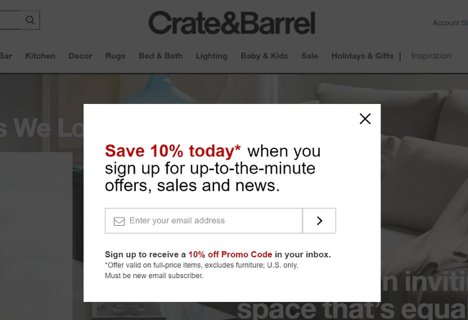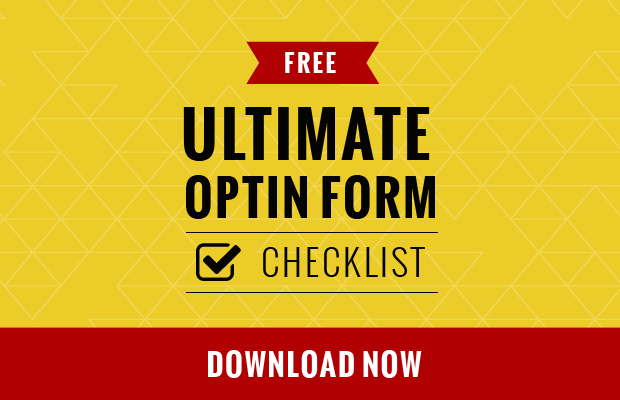Lead Magnets: What They Are, How They’re Made, and Some Necessary Tools

What is the base of any email marketing strategy? Building your database.
The task of converting users into recipients has become a real field of competition between companies. The large number of messages we receive in our inboxes today makes people think twice before leaving their email address.
You need effective strategies to convince users, which is why we wanted to dedicate today’s post to lead magnets, as they are fundamental incentives you can use to encourage visitors to subscribe to your mailing lists.

From developing integrations to strategic support, from creating creative concepts to optimizing results.
What are lead magnets?
You’ll likely have heard of them, because they have monopolized the discussion on database building strategies recently.
Lead magnets are a concrete incentive offered to users to convince them to leave their email address or other data, thus granting the company permission to send communications.
Here’s some lead magnet data:
› Adam Connell of Blogging Wizard affirms that lead magnets can drive conversions up to 7%.
› Tim Soulo of Ahrefs shared a case study in which he recounts how he increased the number of blog subscribers by 300%.
› Hubspot reports another case where the lead magnet conversion rate touched the surprising figure of 42%.
So in concrete terms, what is a lead magnet? It can be many things: its best known forms are a discount coupon, a guide, an infographic, a demo, a webinar, a video course… up to extreme cases where companies offer their time providing services as a lead magnet (to offer consultancy, for example).
The fundamental characteristics of lead magnets
Whatevershape they take, lead magnets must have certain essential characteristics:
- They must be free
- They must be related to your business, to your offer/product
- They must be specific, i.e. a specific solution to a localized problem
- They must be easily enjoyed by the user, requiring a limited investment in terms of time.
Just to be clear, this is an example of something that is not a lead magnet; it’s an extreme case, but it helps you better understand what a magnet is. On the contrary, it is a mere, aseptic invitation to subscribe to a newsletter, without any concrete, tangible incentive for the user.

So how can you create a good lead magnet? Here are some requirements:
- Business oriented
Before you begin thinking about what your lead magnet should look like, you need to understand exactly what you want the lead magnet to help you achieve. What do you want people to do after they subscribe? Whatever form it takes, your lead magnet should be something that guides users to have greater interest in your product/service. - Concise
A 250 page ebook could have extremely valuable and useful content for your potential subscribers. But what percentage of them will actually read it? A very small one. Keeping in mind point number 4 above, it is essential that the lead magnet be concise, limiting and circumscribing its boundaries. The more compact and concise the magnet, the greater the likelihood of “consumption” by people. - Actionability
Whether your magnet is an infographic, a guide, or a discount code, subscribers must immediately receive everything they need to act and take the next step, which will bring them closer to your product/service.
The lead magnet must be a bridge, not a closed road that leads the new subscriber to ask him or herself “OK, now what?” once the content has been taken advantage of. - Focus on the problem
If the user has come across your site and your lead magnet, it means that he or she has a need that must be met, a problem to face and solve. Your magnet must be an answer (even if not the entire, definitive answer) to one of these problems.
Examples of lead magnets
Samples or demos
Samples are the equivalent of testers highly used by the cosmetics/beauty industry to attract new potential customers. In the digital world, a tester can be anything that offers a taste, a preview of the product/service.

Video training
Regardless of the commercial sector, video training is a very effective hook for attracting users and potential subscribers and starting a relationship with them..

Consultancy
We have already mentioned how in some cases the magnet takes the form of a discussion, consultancy from a freelancer or a company employee, which offers the new subscriber this person’s time, presence, and skills. Here’s an example.

Templates
Templates can be anything that offers users a starting point, a creative basis, to achieve something more complex.

Trials
Unlike samples and demos, these are free trials without limitations (in terms of functionality) of a service/product. Trials are used as lead magnets a great deal by software companies, but they can be molded to the objectives of any commercial sector that wants to convince users of the quality of their service/product by making it entirely available for a limited amount of time.

Quiz
Many marketers are finding quizzes to be a very effective tool. An interesting fact is provided by LeadQuizzes, which states that this form of magnet has a lead acquisition of 31.6%: very high for marketing.

Case study
Case studies are effective because they’re based on facts and data declared as real, providing a concrete, plausible demonstration of how other people or companies have used your product/service.

Coupons, discount codes
Needless to say, this type of lead magnet is the one that’s most appreciated by customers in certain commercial sectors. Being able to pay less in exchange for your email address? Virtually nobody refuses that deal.

Checklists, infographics
These are types of informative content with the clear and direct objective of being useful, while still being small. The more complex an issue is, the more overlapping aspects and considerations it will have, and the more the infographic will have the merit of simplifying the terms of that issue and making them immediately usable.

Webinars
Webinars are one of the most classic lead magnets that let you expand your database of new leads and simultaneously bring the user closer to your product/service, highlighting features and advantages.

How to create your lead magnets
There are two basic tools for fine-tuningyour lead magnets.
Subscription form
You can quickly and easily create a subscription form with MailUp. The platform offers a drag & drop editor you can use to create personalized subscription forms in just a few steps: all you have to do is choose the elements (custom fields, drop-down menus, buttons, check boxes) and drag them into the work area.
Automatic sending
Automatic sending lets you create individual messages that are sent automatically when certain conditions are met (or you can specify when these conditions should be checked).
In our case, you’d need to set the automatic sending that triggers sending the email when each new subscription occurs: the email itself will contain the incentive (in the case of a voucher or a small file) or a landing page.
In summary
The importance behind creating a lead magnet is related to strategy, to thinking about what will be most effective for your business.
As you’ll have understood by now, all it takes is a few simple tools to create and automate your flow. And to do so we recommend trying MailUp for free for 30 days: you’ll find the platform to be a fundamental ally for the creation of your lead magnet strategy.